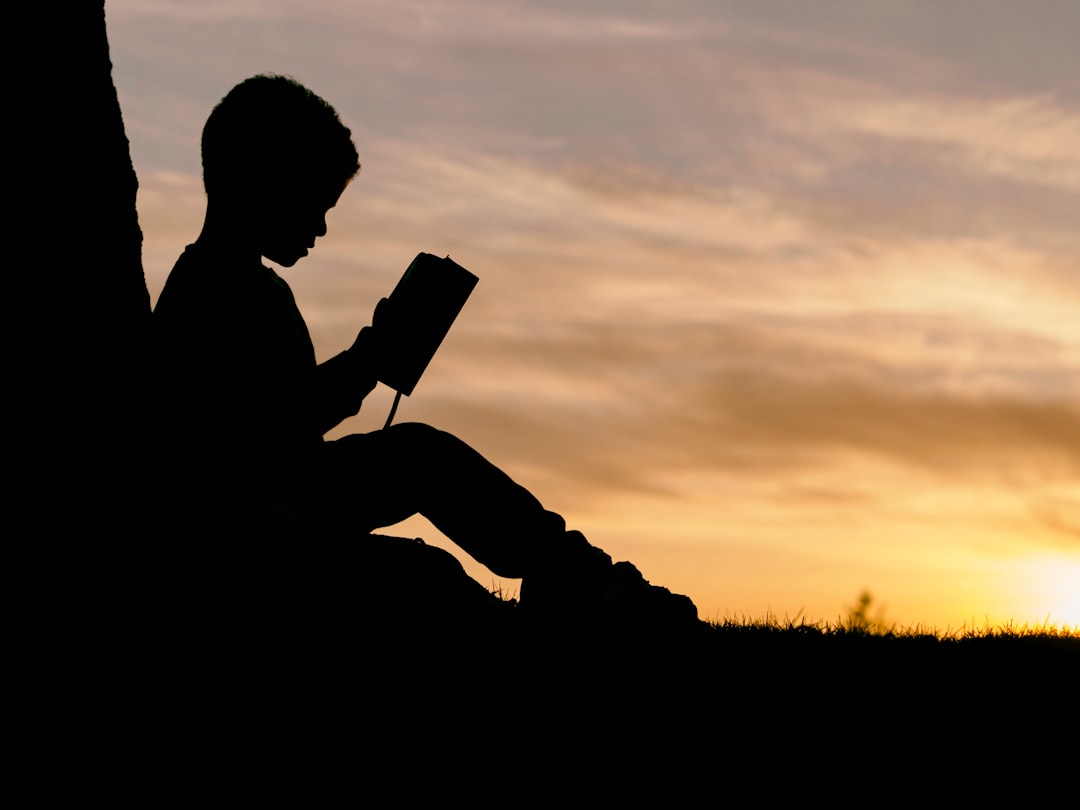
As members of the media have bemoaned the tragic results of students on the latest National Assessment of Educational Progress (NAEP)—also known as the nation’s report card—many have been all-too-willing to jump into the game of who is responsible, but few have sought innovative solutions to change the fundamental underlying reality: today’s schools were not built to maximize each and every student’s learning.
Just weeks earlier, a new report titled “Out of the Box,” along with an accompanying afternoon of virtual programming, sought to introduce a way to change that reality through the use of “innovative model providers” to shift us away from the current paradigm of schooling and “support school communities in actualizing the visions they set forth.”
The solutions generally offered in the media to the challenges students face have revolved around things like tutoring, summer school, longer school hours and more days. Although there’s nothing wrong—and some things right—with those solutions, what none of them do is upend the fact that today’s schools were not designed to optimize learning. Their time-based nature means that they were in fact built to embed failure for the majority.
Even worse, some of these ideas share the assumption that all students should just have more of the same type of schooling experience they’ve always had—a schooling experience that wasn’t doing what today’s society needs it to do prior to the pandemic either because of the way it was designed. Put differently, the schools we have do exactly what they were built to do—which is at odds with the society we inhabit today.
What if instead of layering tutoring on top of today’s schools, we instead took the principles of effective, high-dosage tutoring and embedded those in schools themselves?
Or, as the Out of the Box report says, “Imagine, for example, elementary classes that deeply embed the science of reading, making use of phonics instruction to the degree appropriate for each student and using technology and artificial intelligence to support building the requisite vocabulary and content knowledge to access rigorous text. In middle grade math, imagine sophisticated diagnostic assessments generating a personalized learning plan that adapts daily and allows each student to drive their own progress using a variety of learning modalities. … Science and social studies classes could integrate combinations of text, virtual reality, group discussion, and interdisciplinary projects that extend beyond what an individual teacher could sustainably plan for each day.”
But the report then points out that, “Just as an engine has little value atop a horse and buggy, truly realizing new possibilities requires fundamentally reimagining elements of existing paradigms in order to transition to something new and better.”
So how do we do that?
Readers of my new book, From Reopen to Reinvent, know that I’ve pushed the importance of autonomy: arming a separate group of educators with the ability to rethink completely how school works.
The authors of “Out of the Box”—Joel Rose, Jenee Henry Wood and Jeff Wetzler—agree, but go even farther in specifying what this likely means.
Keep reading with a 7-day free trial
Subscribe to The Future of Education to keep reading this post and get 7 days of free access to the full post archives.



